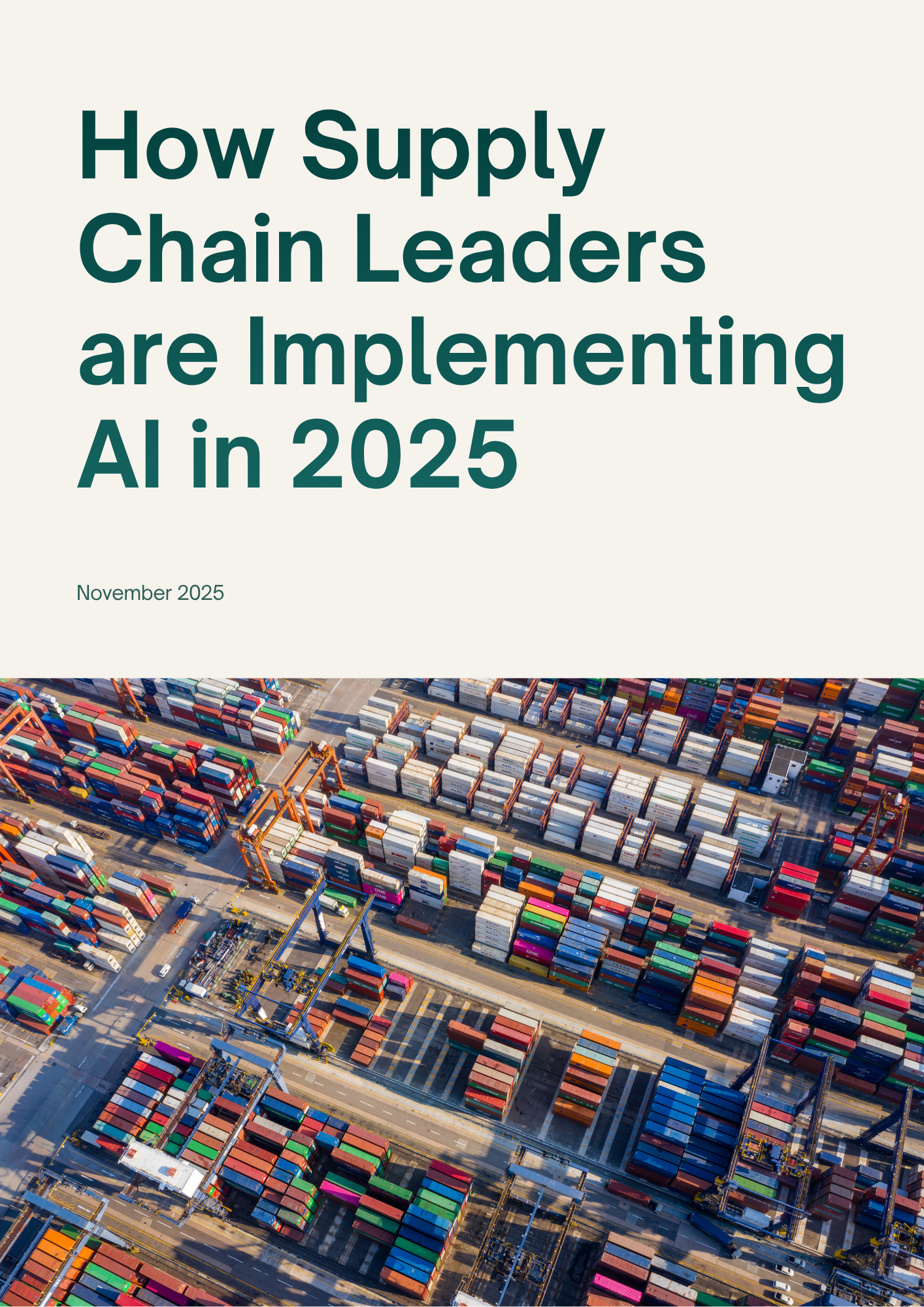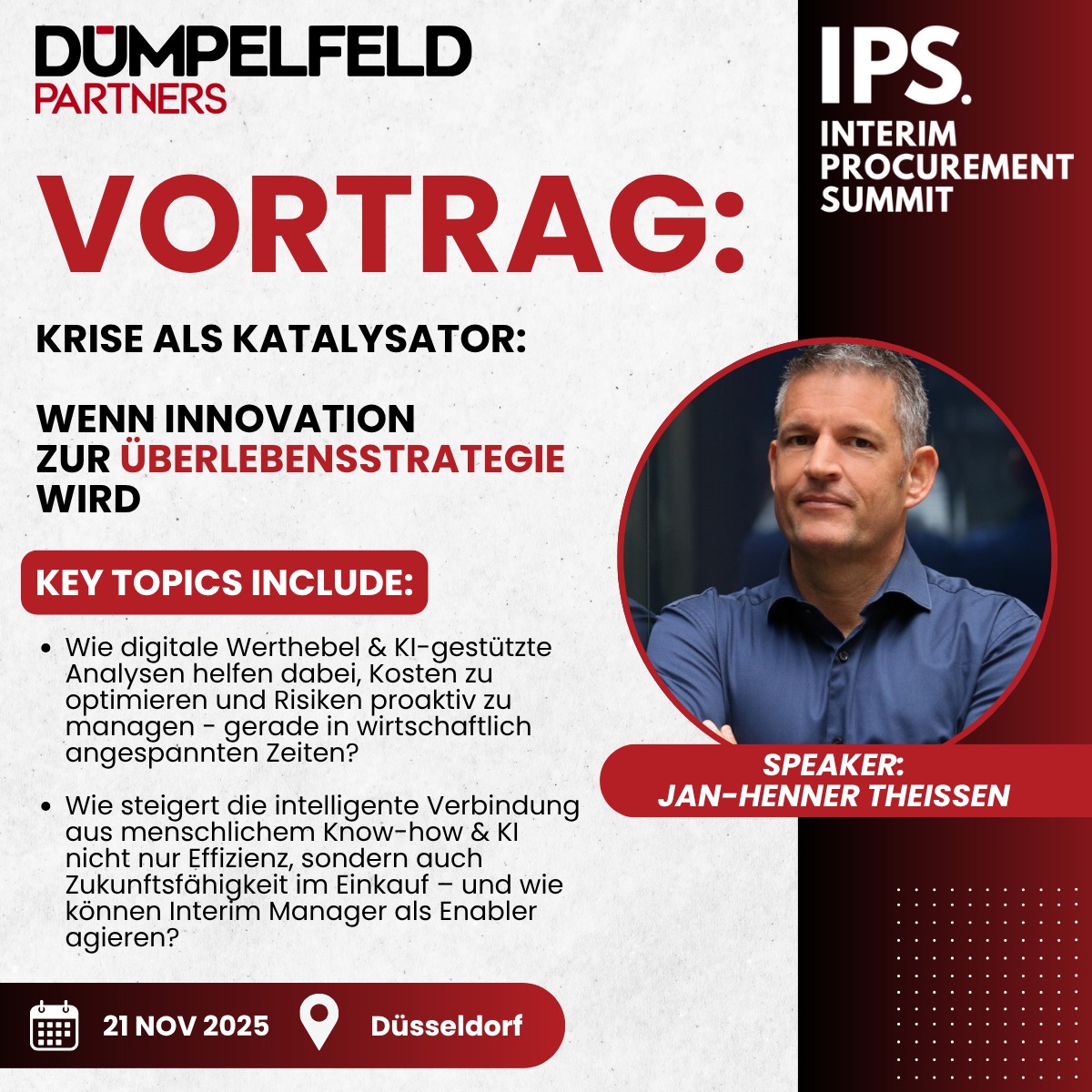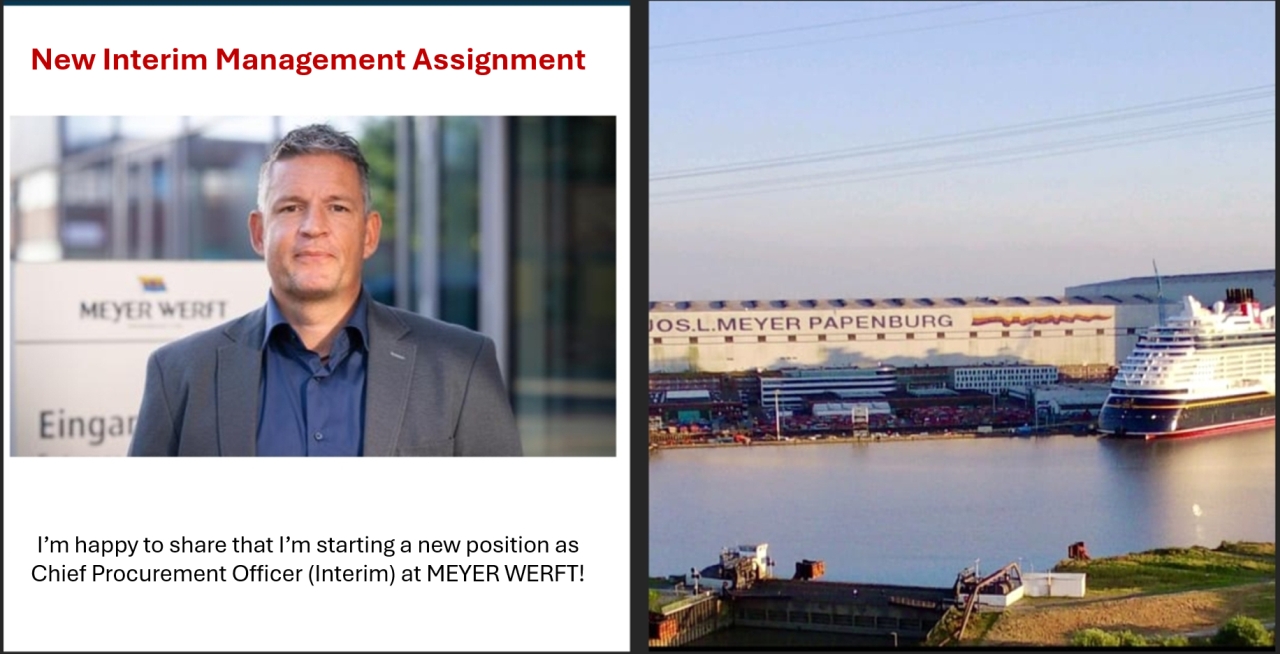The 2025 AI Implementation Report – not just another AI report AI is definitely THE hype topic of 2025. It’s often misused as a buzzword or sales pitch without substance. However, several companies are creating AI projects, achieving significant increases in effectiveness and efficiency. Even the smallest approaches might generate significant added value. ⏩So, what… Continue reading The 2025 AI Implementation Report
The 2025 AI Implementation Report










